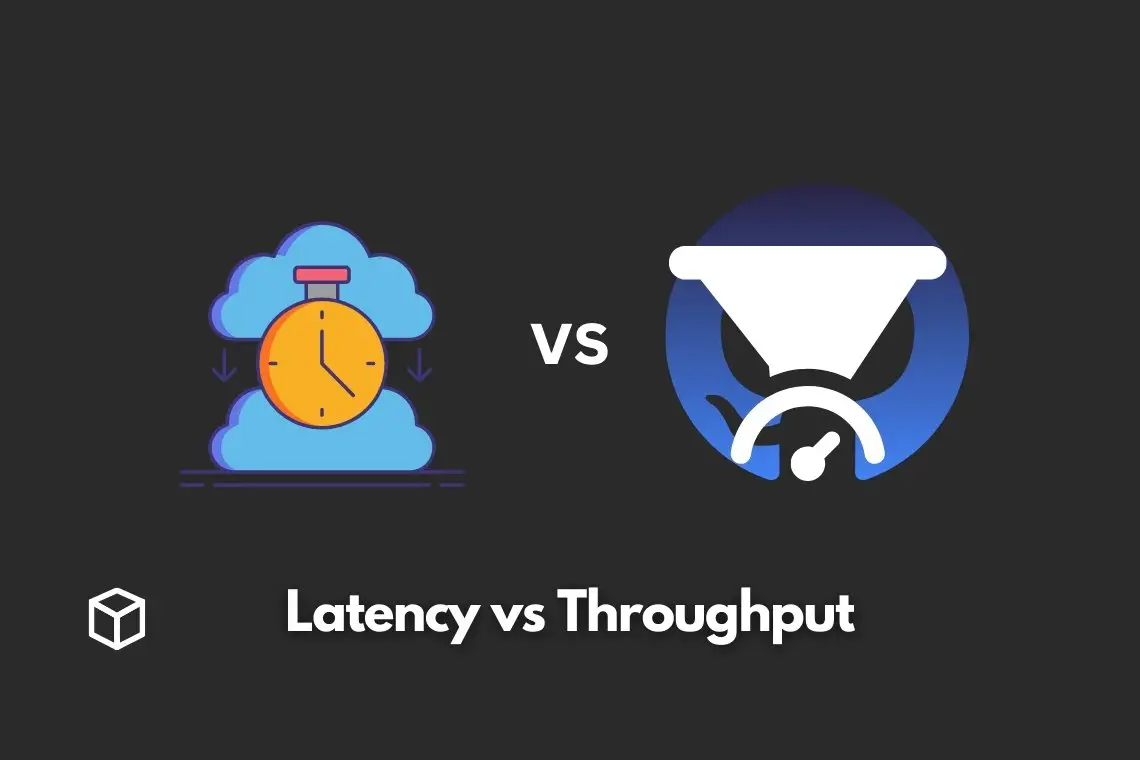Latency and throughput are two important concepts in computer systems and networks that are often used together, but have distinct meanings.
Latency refers to the time it takes for data to travel from one point to another, while throughput refers to the amount of data that can be transmitted in a given period of time.
Understanding the difference between these two concepts is crucial for designing and optimizing computer systems and networks.
Latency
Latency is a measure of the time it takes for data to travel from one point to another.
It is typically measured in milliseconds (ms) and is a critical factor in determining the performance of computer systems and networks.
High latency can cause delays in data transmission, which can result in slow website load times, poor video streaming quality, and other issues that can negatively impact the user experience.
Examples of high latency in real-world systems include slow website load times, poor video streaming quality, and delays in online gaming.
These issues can be caused by a variety of factors, including network congestion, distance, and hardware limitations.
Throughput
Throughput is a measure of the amount of data that can be transmitted in a given period of time.
It is typically measured in bits per second (bps) or bytes per second (Bps) and is a critical factor in determining the performance of computer systems and networks.
High throughput can enable faster data transmission, which can result in faster internet speeds, better video streaming quality, and other improvements in the user experience.
Examples of high throughput in real-world systems include fast internet speeds, high-quality video streaming, and smooth online gaming.
These improvements can be achieved through a variety of means, including upgrading hardware, using faster network protocols, and implementing optimization techniques.
Latency vs Throughput
Latency and throughput are related concepts, but they have distinct meanings and are often optimized for different purposes.
When designing computer systems and networks, it is important to understand the trade-offs that must be made between latency and throughput.
For example, real-time systems such as online gaming and video conferencing may prioritize low latency in order to provide a smooth and responsive user experience, while batch processing systems may prioritize high throughput in order to process large amounts of data quickly.
Impact of Latency and Throughput on End Users
The impact of latency and throughput on end users can be significant.
High latency can cause delays in data transmission, which can result in slow website load times, poor video streaming quality, and other issues that can negatively impact the user experience.
On the other hand, high throughput can enable faster data transmission, which can result in faster internet speeds, better video streaming quality, and other improvements in the user experience.
Examples of industries where latency and throughput are particularly important include online gaming, streaming video, and e-commerce.
In these industries, a high level of performance is crucial for providing a positive user experience and maintaining customer satisfaction.
Conclusion
In conclusion, latency and throughput are two important concepts in computer systems and networks that are often used together, but have distinct meanings.
Understanding the difference between these two concepts is crucial for designing and optimizing computer systems and networks.
High latency can cause delays in data transmission, which can negatively impact the user experience, while high throughput can enable faster data transmission and improve the user experience.
It’s important to think about how latency and throughput affect the systems and networks we use on a daily basis, and to be aware of the trade-offs that must be made when optimizing for one versus the other.




